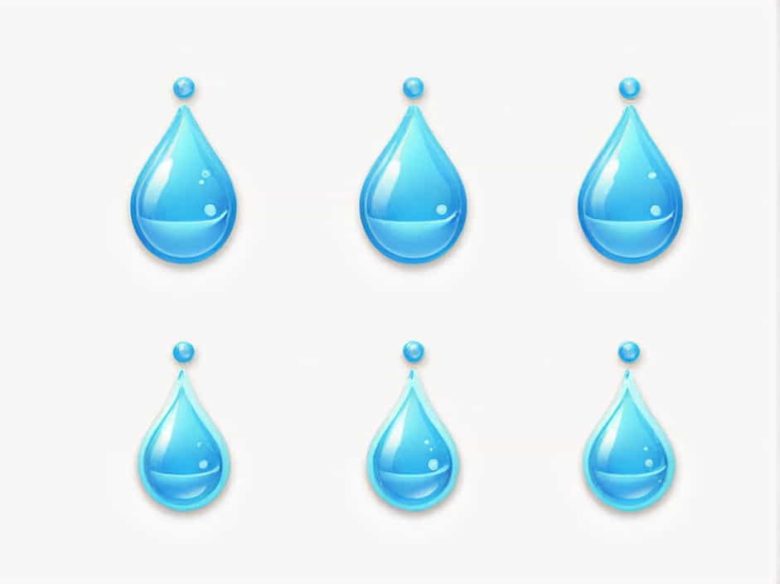Water is essential for life and the human body maintains a delicate balance between water intake and output. While we are aware of water loss through urination sweating and feces there is another form of water loss that goes unnoticed—insensible water loss.
This topic explores what insensible water loss is its sources factors affecting it and why it is important for overall health.
What is Insensible Water Loss?
Insensible water loss refers to water that evaporates from the body without being consciously noticed. Unlike sweating or urination which are measurable insensible water loss occurs passively and cannot be directly controlled.
This form of water loss mainly occurs through two processes:
- Evaporation from the skin (not including visible sweat)
- Water vapor lost through breathing
Since these processes happen continuously they contribute significantly to daily fluid balance.
Sources of Insensible Water Loss
1. Skin Evaporation
- The human skin releases water even when a person is not sweating.
- This occurs as water molecules naturally evaporate from the skin’s surface helping regulate body temperature.
- Unlike sweating this process is not controlled by sweat glands and happens even in cool environments.
2. Respiratory Water Loss
- Every time we breathe water vapor is lost from the lungs.
- This occurs because the air we exhale is humidified meaning it carries water molecules from our body.
- The amount of water lost depends on breathing rate temperature and humidity levels.
How Much Water is Lost Insensibly?
On average a person loses around 400-800 mL of water per day through insensible water loss. This amount varies based on factors such as:
- Temperature: Hotter climates increase evaporation.
- Humidity: Dry air enhances water loss from the respiratory tract.
- Activity Level: Increased breathing rate during exercise raises water loss.
- Altitude: Higher altitudes cause faster respiration leading to more water loss.
Insensible vs. Sensible Water Loss
| Type of Water Loss | Source | Can it be noticed? | Is it controllable? |
|---|---|---|---|
| Insensible Water Loss | Skin evaporation respiration | No | No |
| Sensible Water Loss | Urination sweating feces | Yes | Partially |
Insensible water loss is passive and occurs constantly whereas sensible water loss is actively regulated by the body.
Why is Insensible Water Loss Important?
Although it happens unnoticed insensible water loss is critical for body temperature regulation and maintaining fluid balance. However excessive loss can lead to dehydration especially in certain conditions such as:
- Fever: Increased body temperature accelerates skin evaporation.
- Illness: Conditions like pneumonia can increase respiratory water loss.
- Dry Climate: Low humidity enhances both skin and respiratory evaporation.
Preventing Dehydration from Insensible Water Loss
Since this water loss cannot be stopped maintaining hydration is crucial. Here are some ways to prevent dehydration:
- Drink enough water daily especially in hot or dry conditions.
- Monitor fluid intake if experiencing fever or illness.
- Use a humidifier in dry environments to reduce respiratory water loss.
Insensible water loss is a constant and unnoticed form of fluid loss that occurs through skin evaporation and respiration. Though it cannot be controlled it plays a vital role in regulating body temperature and maintaining hydration.
Understanding this process helps ensure adequate hydration and prevents potential dehydration-related health issues.



